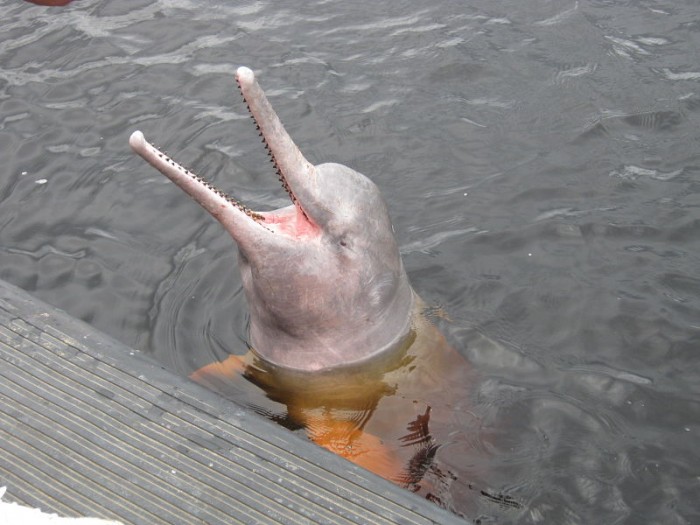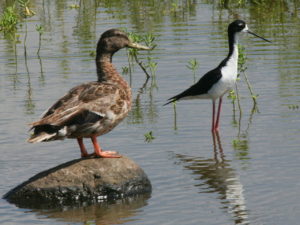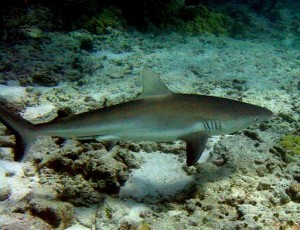The Endangered Freshwater Giants
Freshwater megafauna are in decline, but their importance to ecosystems and other species is great. Scientists are calling for more research and conservation actions for these species, to protect and reverse the declining biodiversity in freshwater ecosystems.
 Image: By Jorge Andrade [CC-BY-2.0 (http://creativecommons.org/licenses/by/2.0)], via Wikimedia Commons
Image: By Jorge Andrade [CC-BY-2.0 (http://creativecommons.org/licenses/by/2.0)], via Wikimedia Commons Freshwater megafauna, such as crocodilians, river dolphins and sturgeons, play vital (and perhaps undervalued) roles in their respective ecosystems. In a recent publication, international researchers have illustrated the factors that threaten these animals and call upon a more comprehensive assessment of their status as well as more targeted conservation plans. This will not only benefit them, it will also help a wide-range of freshwater species and ecosystems.
Many freshwater megafauna cover long distances between their breeding and feeding grounds, and are therefore dependent upon free-flowing waters. This makes them vulnerable to the increasing fragmentation of river catchments as a result of dam construction. For example, the Russian sturgeon has lost 70% of its spawning grounds in the Caspian Sea basin and its entire Black Sea basin spawning grounds over the last 60 years.
The boom in dam construction also affects many other species, such as the Amazonian manatee, the Ganges River dolphin and the Mekong giant catfish – all species that are currently classified as threatened. According to the IUCN, more than half of the world’s large-bodied vertebrates weighing more than 30kg that live in freshwater ecosystems are threatened.
Yet freshwater megafauna play key roles in their ecosystems – owing to their size, most are at the top of the food chain, meaning that a large proportion of animals in the local ecosystem would be affected by their extinction. The Eurasian beaver and the North American beaver shape entire river courses which affects not only biochemical and hydrological processes but also in-stream and riparian species assemblages. And in the Everglades, the American alligator creates and maintains small ponds, providing habitats for a large number of plants and smaller animals.
“The importance of freshwater megafauna for biodiversity and humans cannot be overstated,” stressed Fengzhi He, lead author of the study. “The fragmentation of habitats is one of the central threats to freshwater megafauna, as well as overexploitation.” Environmental pollution, habitat destruction, species invasion and the changes associated with climate change are other factors that pose a threat to freshwater megafauna. They are highly susceptible to external factors owing to their long lifespan, large body size, late maturity, and low fecundity.
Despite these threats and their vulnerability, these species have been largely neglected in previous research and conservation actions. The authors of this study call on research to focus on the distribution patterns, life history and population dynamics of freshwater megafauna. Freshwaters are among the most endangered ecosystems on the planet, where biodiversity is declining faster than in marine and terrestrial ecosystems – therefore, it is all the more important to develop sustainable conservation strategies for freshwater ecosystems and the species who live in them.





One Comment
Interesting article. I will be working to collect the much needed data on the pink and grey Peruvian River dolphins this summer. I went out there a couple of years ago to write a paper on them and worryingly Botos and Tucuxis were previously listed as “vulnerable” by the IUCN though they are now both registered as “data-deficient” due to the limited amount of current information available on their ecology, population numbers and trends. Our ability to protect the most endangered species is at risk due to a huge imbalance between conservation needs and research efforts.